Managing horses, livestock, and farms after flooding is difficult. Prepare and respond better using our science-based information
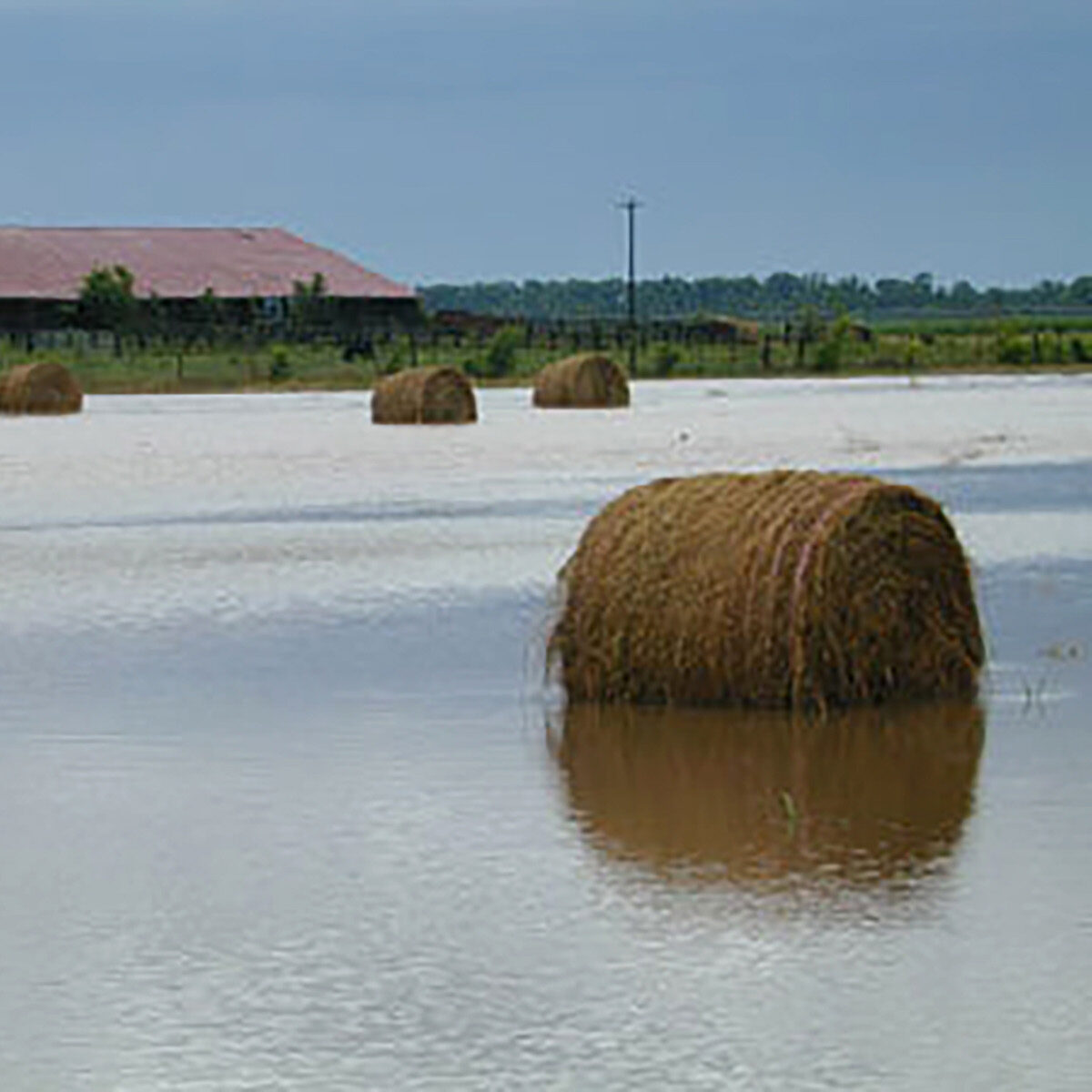
If you are willing to provide transportation and housing for individuals who need to evacuate due to flooding please fill out this form.
Assessing Rider Position
Proper equitation is an essential aspect of effective riding. A rider’s position affects a horse’s performance whether the rider is in a correct and effective position, or is out of position and hindering their horse’s performance. From a rider’s leg position to where the rider’s eyes look, each part of the rider’s body makes up their overall position. Click on a part of each rider to see where the correct position of each of these parts should be along with some common rider position errors.
Authored by Delaney Rostad
Created by Rachelle Mewshaw, UT Strategic and Digital Communications Masters Student
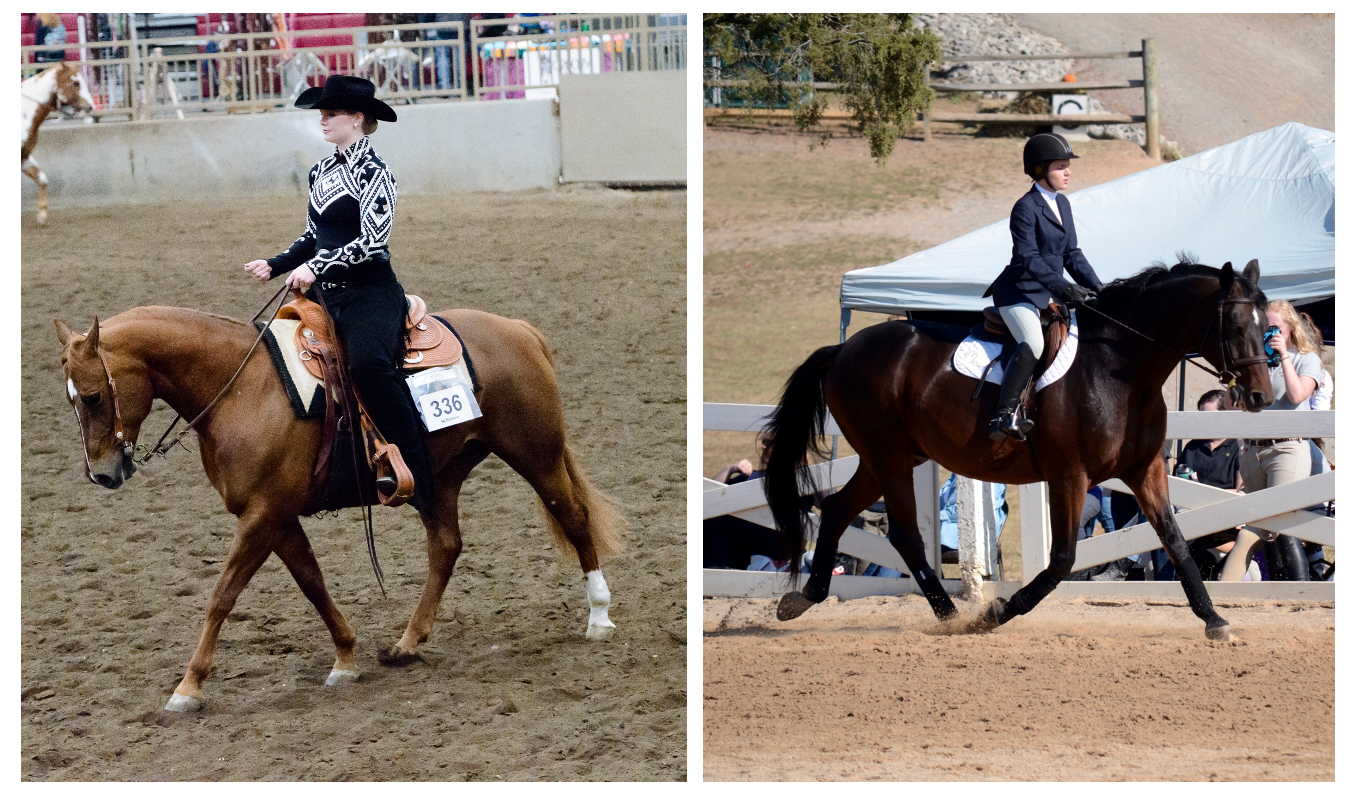
Proper Position For All Seats
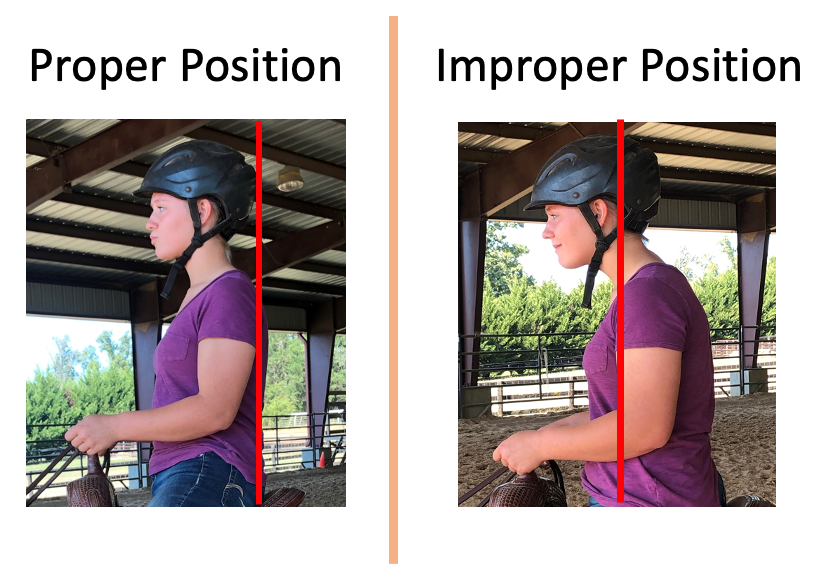
With a Proper Position...
- Eyes and face are up and straight
- Rider’s head follows collarbones through turns
- Head is in line with shoulders
––––––––––––––––––––––––––––––––––––––––––––––––––––––––––
With an Improper Position..
- Eyes and face constantly look downwards
- Rider turns head too far through corners
- Head is in front of shoulders
Proper Position For All Seats
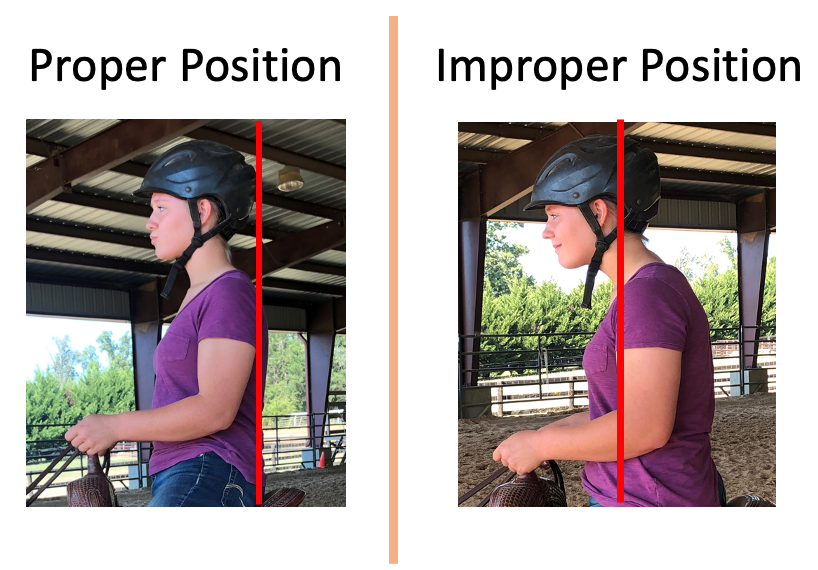
With a Proper Position...
- Eyes and face are up and straight
- Rider’s head follows collarbones through turns
- Head is in line with shoulders
––––––––––––––––––––––––––––––––––––––––––––––––––––––––––
With an Improper Position..
- Eyes and face constantly look downwards
- Rider turns head too far through corners
- Head is in front of shoulders
Arm and Hand Placement for Western Rider
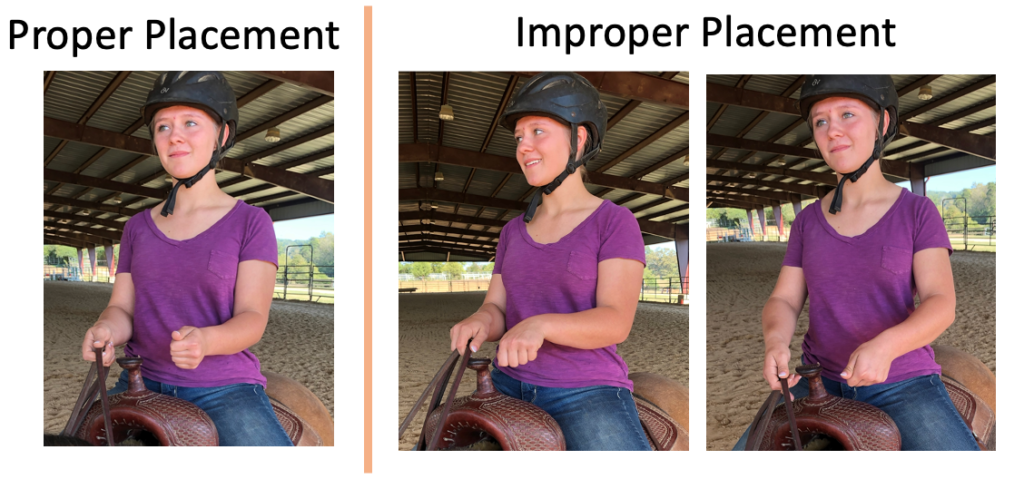
With Proper Arm/Hand Placement...
- Rider carries rein hand and free hand even and square
- Hand is in front of saddle horn
- Wrists are straight
- Elbows are tight and square against ribcage
- Thumbs are on top
––––––––––––––––––––––––––––––––––––––––––––––––––––––––––
With Improper Arm/Hand Placement
- Rider’s free hand is too close to body
- Rein hand wrist is broken and flat
- Rider’s hands are too close together
- Rider’s elbows are carried away from body
- Rider’s hand is carried behind saddle horn
- Fingers are open on reins
Arm and Hand Placement for Western Rider
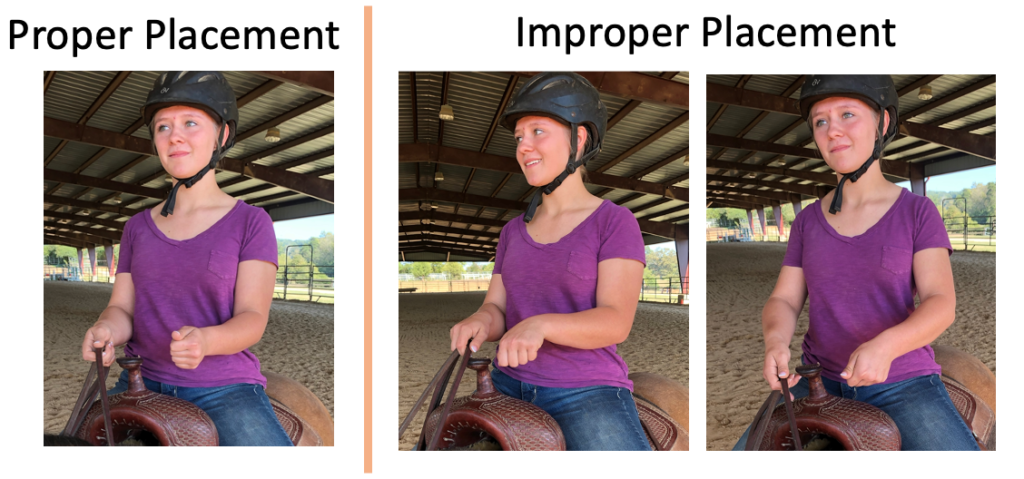
With Proper Arm/Hand Placement...
- Rider carries rein hand and free hand even and square
- Hand is in front of saddle horn
- Wrists are straight
- Elbows are tight and square against ribcage
- Thumbs are on top
––––––––––––––––––––––––––––––––––––––––––––––––––––––––––
With Improper Arm/Hand Placement
- Rider’s free hand is too close to body
- Rein hand wrist is broken and flat
- Rider’s hands are too close together
- Rider’s elbows are carried away from body
- Rider’s hand is carried behind saddle horn
- Fingers are open on reins
Arm and Hand Placement for Hunt Seat Rider
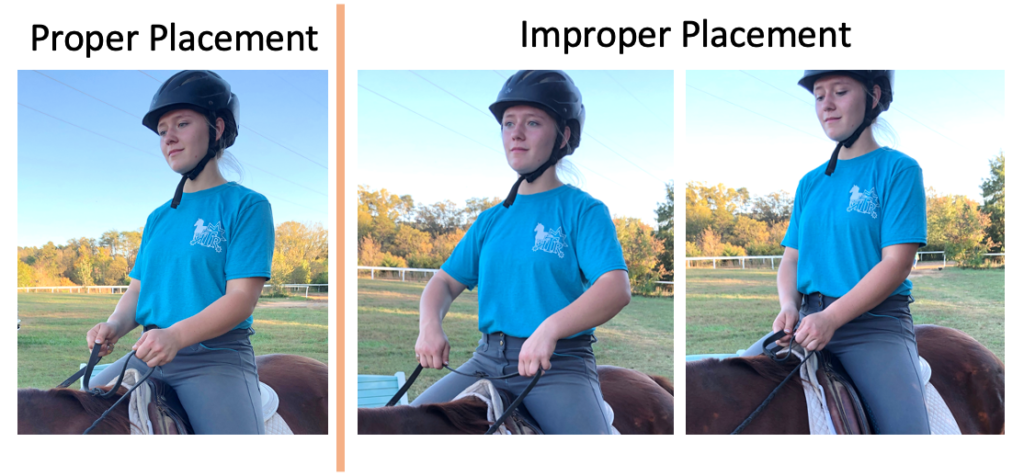
With Proper Arm/Hand Placement...
- Rider’s hands are spaced apart
- Rider is straight from wrists to elbows
- Elbows are against rider’s ribcage
- Hands are carried in front of the saddle
- Fingers are closed around reins
- Thumbs are turned upward
––––––––––––––––––––––––––––––––––––––––––––––––––––––––––
With Improper Arm/Hand Placement...
- Wrists are broken and hands are flat
- Open fingers around reins
- Hands are too wide
- Elbows are away from ribcage
- Hands are too close together
- Hands are carried in rider’s lap
Arm and Hand Placement for Hunt Seat Rider

With Proper Arm/Hand Placement...
- Rider’s hands are spaced apart
- Rider is straight from wrists to elbows
- Elbows are against rider’s ribcage
- Hands are carried in front of the saddle
- Fingers are closed around reins
- Thumbs are turned upward
––––––––––––––––––––––––––––––––––––––––––––––––––––––––––
With Improper Arm/Hand Placement...
- Wrists are broken and hands are flat
- Open fingers around reins
- Hands are too wide
- Elbows are away from ribcage
- Hands are too close together
- Hands are carried in rider’s lap
Upper Body Position for Western Rider

With a Proper Upper Body Position...
- Straight line from head, shoulder, hip, and heel
- Rider’s back is straight
- Rider’s shoulders are back and square
- Rider has distance between shoulders and ears
––––––––––––––––––––––––––––––––––––––––––––––––––––––––––
With an Improper Upper Body Position..
- Upper body is too far back
- Back has excessive arch
- Places rider behind horse’s motion
- Upper body is tilted forward
- Shoulders are rounded
- Places more weight on horse’s forehand
Upper Body Position for Hunt Seat Rider
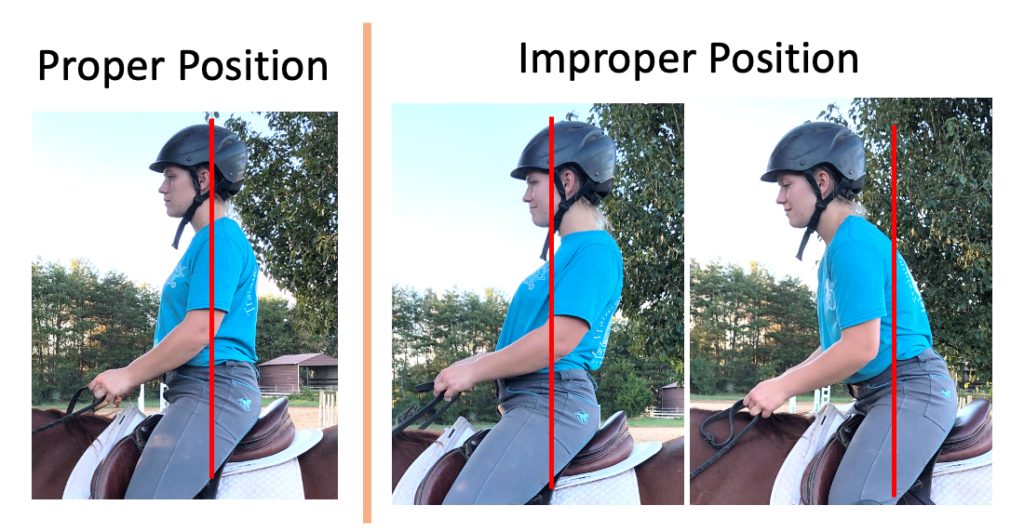
With Proper Upper Body Position...
- Rider has a slight angle through hip
- Shoulders are back and square
- Collar bones and chest are lifted
- Rider’s back is flat and tall
––––––––––––––––––––––––––––––––––––––––––––––––––––––––––
With Improper Upper Body Position...
- Upper body is too far back
- Excessive arch in back
- Commonly places rider behind the motion of the horse
- Upper body is too far forward
- Back is rounded and weak
- Shoulders are rounded and forward
- More weight is distributed to horse’s forehand
Leg Position for Western Rider
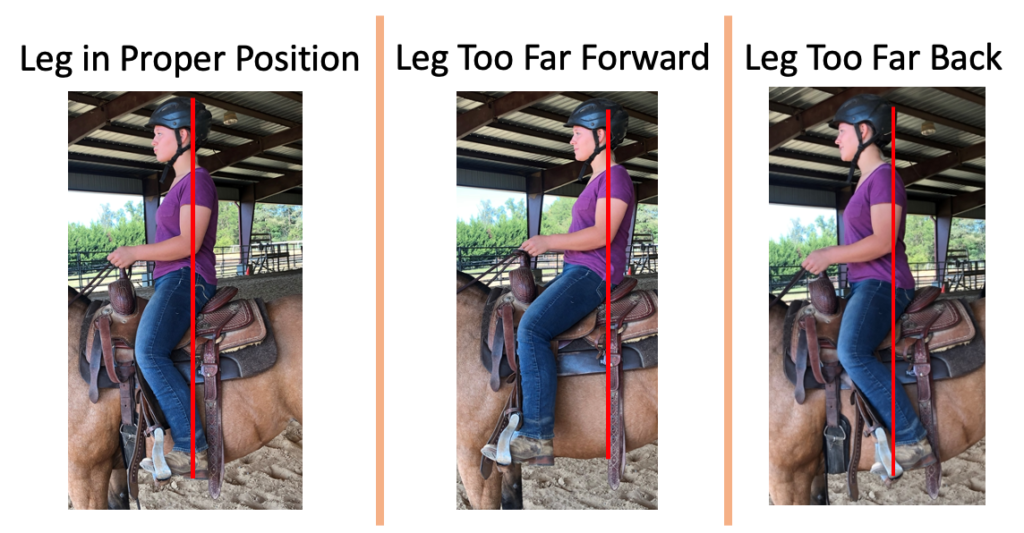
With Leg in Proper Position...
- Straight line from head, shoulder, hip, and heel
- Leg balanced and properly placed behind cinch
- Rider deep through heel providing balance and stability
––––––––––––––––––––––––––––––––––––––––––––––––––––––––––
With Leg Placed Too Far Forward...
- Straight line through body is lost
- Leg in front of cinch for loss of effectiveness
- Upper body leans back
- Rider will tend to get behind motion
- Rider assumes a “chair position”
––––––––––––––––––––––––––––––––––––––––––––––––––––––––––
With Leg Too Far Back...
- Straight line through body is lost
- Knee becomes pinched against saddle
- Leg becomes ineffective as heel comes up
- Upper body tips forward
Leg Position for Hunt Seat Rider
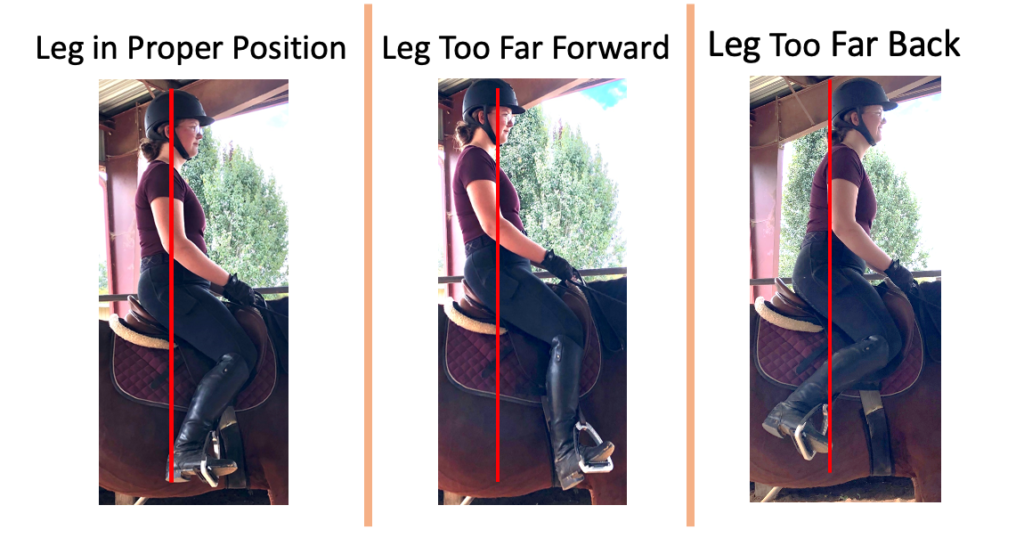
With the Leg in Proper Position...
- Straight line from hip to heel
- Rider is balanced over horse’s center of gravity.
- Heel is down providing stability through rider’s leg.
- Leg is positioned behind girth
––––––––––––––––––––––––––––––––––––––––––––––––––––––––––
With Leg Too Far Forward...
- Leg becomes ineffective in front of girth
- Rider loses straight line from hip to heel
- Causes rider’s upper body to lean back
- Places rider behind motion
- Rider assumes a “chair position”
––––––––––––––––––––––––––––––––––––––––––––––––––––––––––
With Leg Too Far Back...
- Knee pinches against saddle
- Rider’s upper body tilts forward
- Heel comes up causing loss of effectiveness through leg and loss of balance
- Rider loses straight line from hip to heel
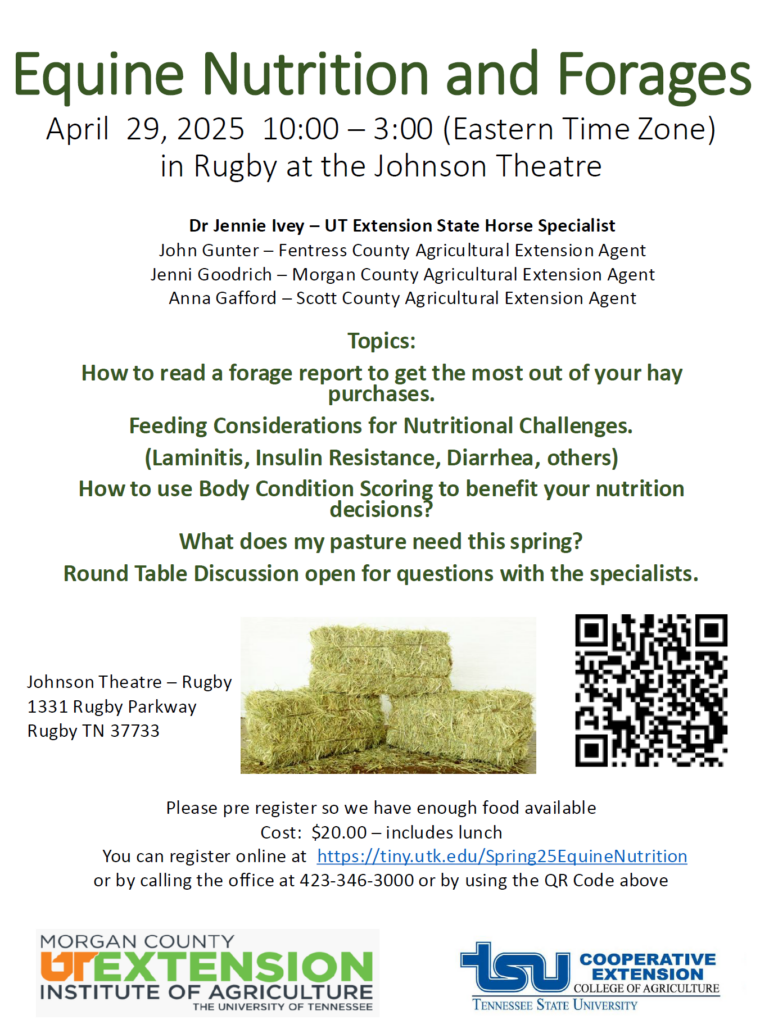
For more information contact: Jenni Goodrich, UT/TSU Extension Morgan County: (423) 346-3000, jgoodrich@utk.edu
